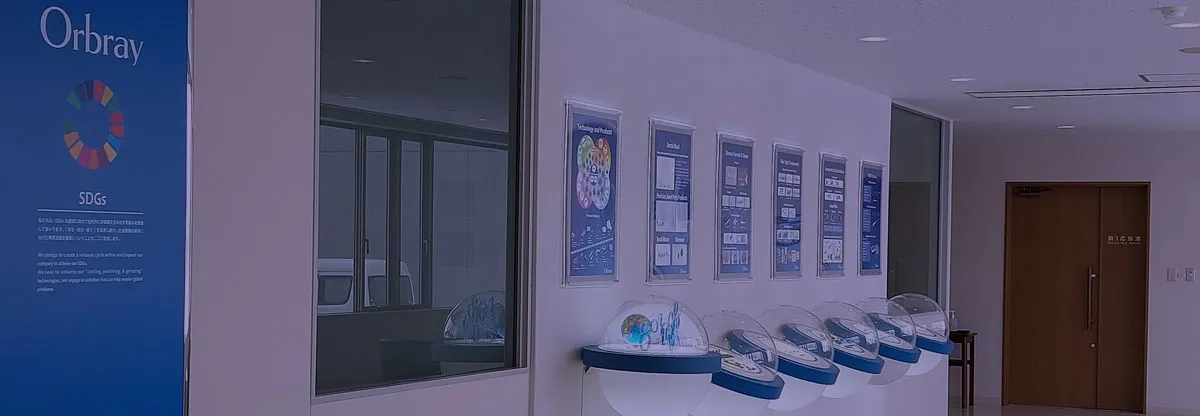Optical loss in optical communications Insertion Loss, Return Loss, Wavelength Dependent Loss, Polarization Dependent Loss, and Temperature Dependent Loss

Optical fibers are an essential part of modern long-distance, high-speed, and high-capacity communications but even they experience optical losses for assorted reasons. This article will define some key terms related to signal losses in optical communications.
Table of contents [close]
Causes of optical loss
The field of information communication is always striving for improved transmission capacity and speed. Among electromagnetic waves, light is ideal for this purpose. It has high frequency and large bandwidth, which enables transmission of enormous amounts of data. A typical optical communication system uses a semiconductor laser as the light source, optical fiber to transmit the laser light, and a photodiode as the receiver. Before high-quality light sources and transmission lines necessary for optical communications were available, high-speed data transfer relied on technologies like radio waves and coaxial cables. However, the advent of room-temperature semiconductor lasers, low-loss optical fiber, and high-speed photodiodes has made unprecedented speeds and data volumes possible using optical channels.
However, optical losses occur in each one of these component devices. No device is perfectly efficient, and signal degradation occurs and fluctuates for various reasons. Therefore, minimizing these losses is crucial for achieving stable, high-performance optical communication.
Insertion Loss, Return Loss, Wavelength-Dependent Loss, Polarization-Dependent Loss, and Temperature-Dependent Loss
Key types of optical loss are described below.
Insertion Loss (IL)
In any optical communication system, optical fibers must be connected to each other and to the various optical devices. These connections are made using components such as sleeves, V-groove substrates, and other specialized optical connectors.
For example, when connecting optical fibers, if the optical fiber cores are connected with minor air gaps or misalignment, optical power will not be transmitted completely, and loss will occur. If amplification is not considered, some optical loss will always occur at the connections, resulting in a difference between the input and output optical power. This loss is called Insertion Loss (IL).
・Minimizing Insertion Loss
To minimize Insertion Loss, it is essential to precisely align the optical axes of the fibers. Even a slight misalignment of these axes can cause inefficient optical power transmission and increased Insertion Loss.
The following are required to achieve precise optical alignment.
High-precision optical fiber
The precision of the outer diameter of the optical fiber is important. Variations in the outer diameter can cause the fiber to be positioned inconsistently within the ferrule, leading to a misalignment of the optical axis.
Inner Diameter of Zirconia Ferrule
For zirconia ferrules used in optical connectors, the precision of the hole (inner diameter) that holds the optical fiber is extremely important. Specifically, the outer diameter of the optical fiber and the inner diameter of the zirconia ferrule must match precisely to hold the fiber accurately along its central axis.
Concentricity of the Zirconia Ferrule
The zirconia ferrules must also be highly concentric (Concentricity is the alignment between the central axis of the outer diameter and the central axis of the inner diameter). Using ferrules with high concentricity ensures that the optical axes of the fibers are precisely aligned when connected, minimizing insertion loss.
Thus, the combination of a high-quality optical fiber and a high-precision zirconia ferrules are essential components to achieve stable, low-loss optical connections.
Return Loss (RL)
When light encounters a surface that has a different refractive index, it reflects. When connecting optical fibers, this reflection can occur if there is a slight air gap, which has a different refractive index than the optical fiber. This reflected light travels back through the fiber toward the light source (e.g., a laser). The ratio of this reflected light to the incident light is called Return Loss (RL).

Reflected light must be minimized to prevent instability in the light source. An optical fiber connector, for example, consists of a ferrule that holds the fiber, along with various other mechanical and exterior components. The ferrule is a cylindrical part, often made of a material like zirconia ceramic, with a hole along its central axis for the fiber to pass through. High precision is required for ferrules to ensure that the extremely small fiber cores face each other without misalignment.
However, air gaps can easily form when connecting fibers using these connectors. To prevent this, the connector end faces must be polished to precise specifications. In addition, the end faces are often polished into an angled or spherical shape. This allows the connectors to be pressed together with a constant force, connecting the optical fibers without any gaps and thereby reducing loss from reflection.
Wavelength Dependent Loss (WDL)
Optical fiber communication operates within a specific range of light wavelengths, and the amount of signal loss varies depending on the wavelength. Besides the optical fiber itself, other optical devices also exhibit different insertion loss values at different wavelengths. This variation is due to their material's unique optical properties, such as light absorption and scattering. The difference between the maximum and minimum loss values found within the operating wavelength range is defined as Wavelength-Dependent Loss (WDL).
Polarization Dependent Loss (PDL)
Light with a regular oscillation direction in the electromagnetic field, such as laser light, is called polarized light. Generally, Insertion Loss varies depending on the polarization state of the incoming light. This variation calculated as the difference between the maximum and minimum Insertion Loss values across all possible polarization states is defined as the Polarization-Dependent Loss (PDL).
Temperature Dependent Loss (TDL)
In optical devices, materials can expand or contract due to temperature changes, causing components to shift from their optimal alignment, leading to optical loss. This change in insertion loss is called Temperature-Dependent Loss (TDL). TDL is typically expressed as the difference between the maximum and minimum Insertion Loss values measured across a device's specified operating temperature range.
Leveraging our advanced ceramic molding, ultra-precision machining, and high-precision assembly technologies, Orbray's ferrules, sleeves, connectors, and other optical communication components are used in state-of-the-art communications systems worldwide.


